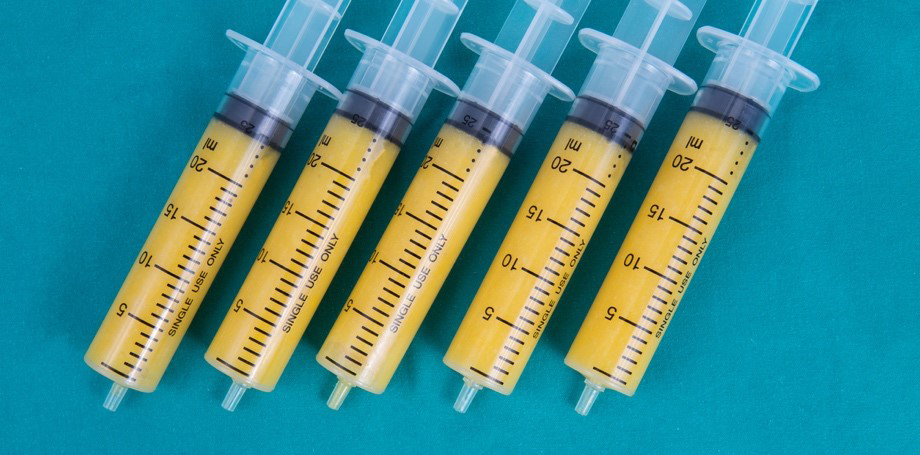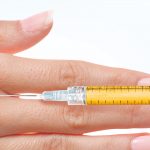Facial fat injection:
While most people consider the most significant signs of aging as wrinkles and saggy skin, facial volume loss is one of the major underlying causes of these signs. The loss of facial volume can lead to the accentuation of the temple’s bony contours, the eyes, and can cause the cheeks to appear flatter and less full. It has only been in the last decade that the impact of decreased facial volume on the appearance of aging has become fully recognized.
Facial contour and definition are determined by genetics which is why some have prominent chins and cheekbones while others have rounder faces and softer features. There are ways to boost facial volume and improve facial appearance with facial fat transfer, whether the issue is related to aging or simply facial structure.
Fat Aspiration:
Fat transfer is often known as fat grafting, and it is a natural minimally invasive surgical procedure to relocate fat from an area of the body to the face for volume restoration. The fat is gently removed using modern liposuction techniques and is prepared for facial transfer. This produces a natural appearance and has a low risk of infection or body fat rejection. Common treatment areas include the nasolabial folds (between the nose and the lips), marionette lines (between the lips and chin), cheeks, jaws, and eye hallows. Facial injections are most often used to improve facial contour and volume in younger patients who desire more prominent cheekbones or chin.
Facial fillers are a non-surgical method for filling in wrinkles and facial hollows while introducing subtle volume to an aging face. These treatments are non-invasive injections with temporary results. Some fillers encourage collagen production for longer-lasting results.
Facial Fat Transfer :
There are different candidacy requirements for each procedure to restore facial volume and each individual candidacy will be assessed during our consultation session. The basic requirement for cosmetic procdures is for a patient to be healthy and have realistic expectations. Facial fat transfer patients must have adequate fat to harvest and should be at a stable weight before undergoing treatment.
Facial Fat injection and Procedure:
Fat injection is a fairly gentle procedure but there are several steps to the process. First, liposuction techniques are used to remove fat from the predetermined body (abdomen, hips, or thighs). This is done through tiny incisions that leave almost no scarring. The retrieved fat is then gently prepared for injection using minimal manipulation. Fat is carefully injected into the lines, hollows, and depressions of the face using fine cannulas (tubes) placed through tiny incisions to rejuvenate and recontour. At times, a specialist may overfill the treated areas to compensate for the percentage of fat cells that will not survive. Facial injection is fairly straightforward and involves a simple incision in a discreet area approximate to where the fat will be placed. The fat is injected through the incision with precautionary care to ensure that the fat will not shift.
How long does autologous fat injection last?
Autologous fat transfer to the midface has definite long-term volume augmentation results. On average, approximately 32% of the injected volume remains for 16 months. However, some variability exists in the remainng volume percentage whch may require touch-up procedure.
Facial Fat injection Recovery :
Fat injection recovery time varies from patient to patient, but most people should arrange to take at least 7 to 10 days off from work and other social activities. Initial healing takes about a few weeks after which the swelling gradually subsides and final results are made apparent. Though the recovery period is fairly mild for fat transfer, patients should allow adequate time to heal properly. Patients should see final results in about six months while improvements should be apparent a few days post-procedure. Facial injection recovery is also a fairly mild process that requires at least a week of downtime before returning to work and other activities. Exercise should be limited for several weeks. Results should be apparent right away but swelling will interfere with an immediate witnessing of the procedure’s final results . Swelling should start to subside gradually and should fully subside in about six months following the procedure.
The benefits of fat transfer include:
- Longer lasting results
- Area of fat removal (abs or flanks) may appear slimmer
- Fat stem cells can create growth factors for better tissue quality
- Low recovery time

What are the side effects of fat transfer
Expected side effects:
- significant bruising and swelling
- temporary numbness
- small scars (these will fade, but will not completely disappear)
- loss of some fat from the injected area during the first few months
How does fat transfer stay in place?
Commonly, patients request fat removal from the abdomen, flanks, and thighs, but any area can be a donor site. After the fat has been cleansed and processed, it is reinjected into a separate area for tissue enhancements or augmentations. After a fat transfer, the fat cells will permanently remain in the new position.
Is fat transfer good for weight loss?
While fat transfer does involve partial body contouring, it is not the focus of the procedure. Fat transfer is not ideal for weight loss as not enough fat will be removed to make an apparent difference. Surgical fat removal is best for patients at a stable weight who want to resolve stubborn fat pockets in order to contour the body and ensure lasting results.
What are the risks of fat transfer?
Facial fat transfer complications are generally rare as the procedure is gentle and safe. However, as with any surgical procedure, there are small risks involved including :
• Infection
• Anesthesia complications
• Fat calcification
• Over or under correction (poor aesthetic result)
Be sure to go over the procedure risks and side during your consultation in order to be aware of any potential complications.
What happens if you gain or lose weight after fat transfer?
The transferred fat cells establish a blood supply and behave like any other fat cell, which means that they will continue to live in the area in which they were injected. These cells could expand or shrink if a significant amount of weight is gained or lost which could affect the overall procedure results. This is why patients are encouraged to maintain a stable weight prior to the procedure and sustain the weight following surgery.
In recent years, cell therapy has been widely used for skin rejuvenation. Isolated stem cells from different parts of the body have always been of interest to researchers. ADSC has an effect on fibroblast and keratinocyte proliferation by secreting growth factors and research has shown that ADSC can differentiate into epithelial cells which is suitable for improving skin damage and aging.
In the study of Nilforoushzadeh et al. , 16 patients were selected for segregation and SVF transplantation from 2014 to 2015 at the age group of 38-58. Injections were performed in the laugh line areas and the lines around the mouth. In this study, a new technique for adipose tissue separation was used following SVF preparation and ADSC in a short time.
